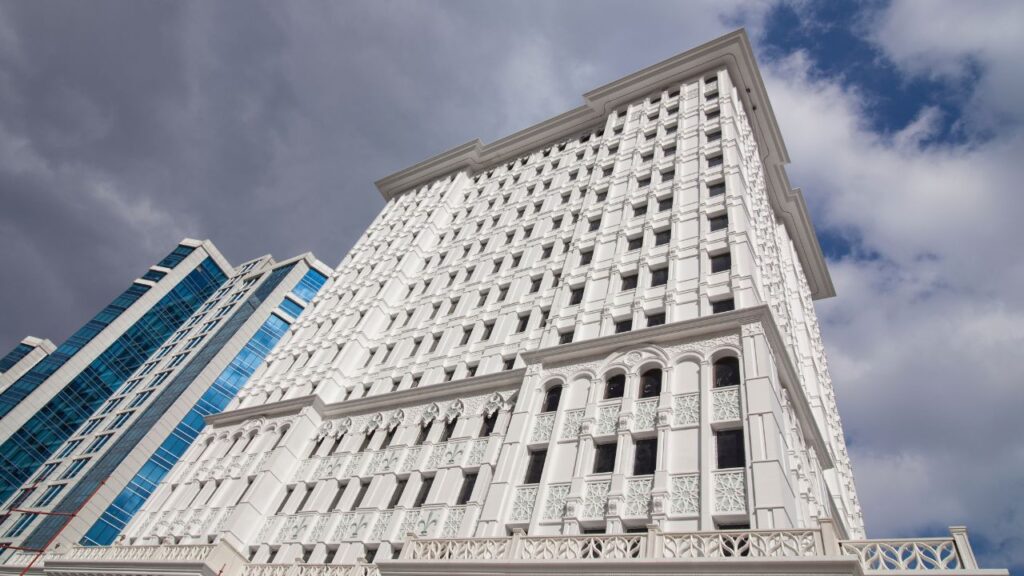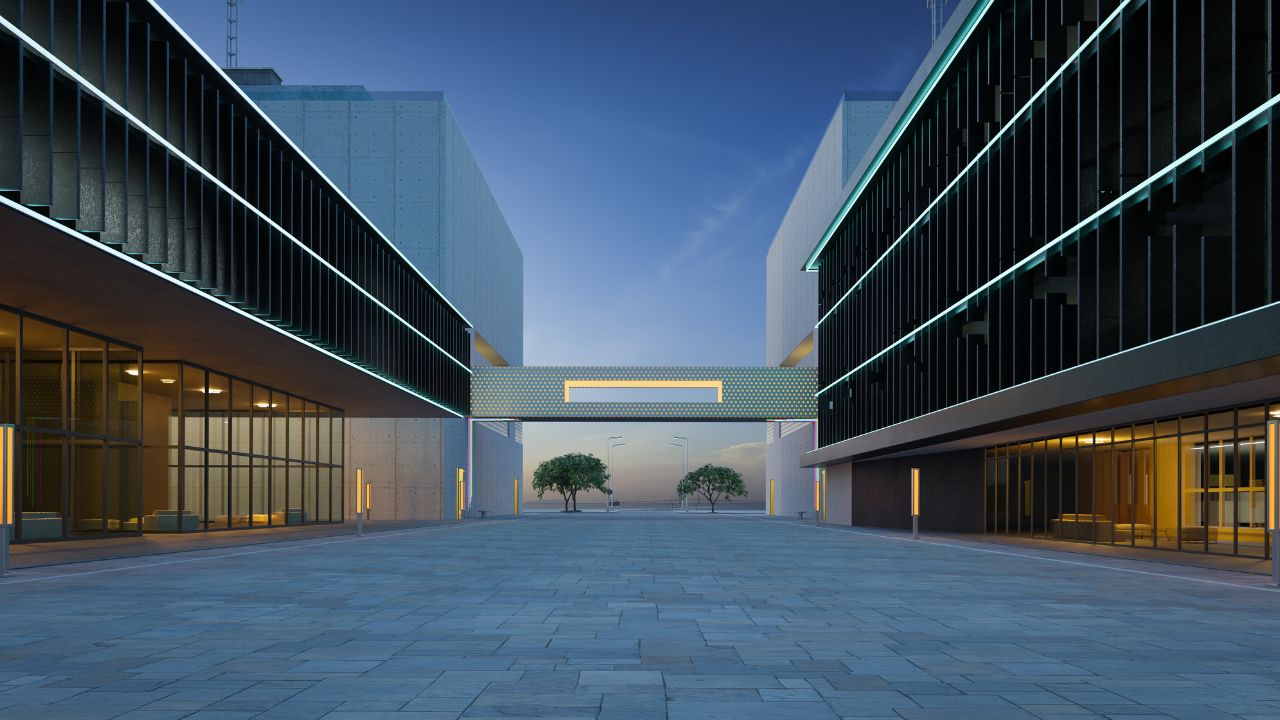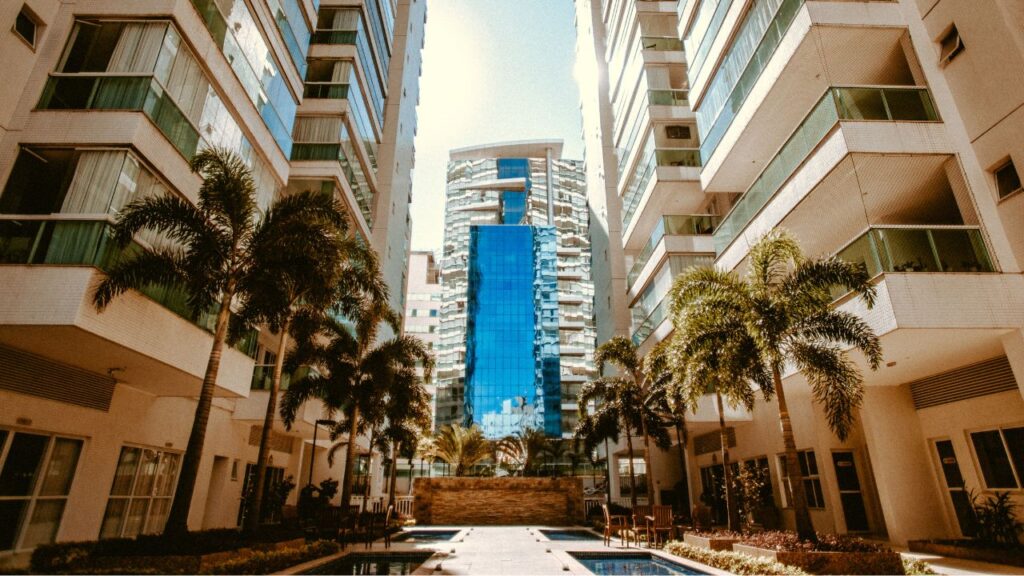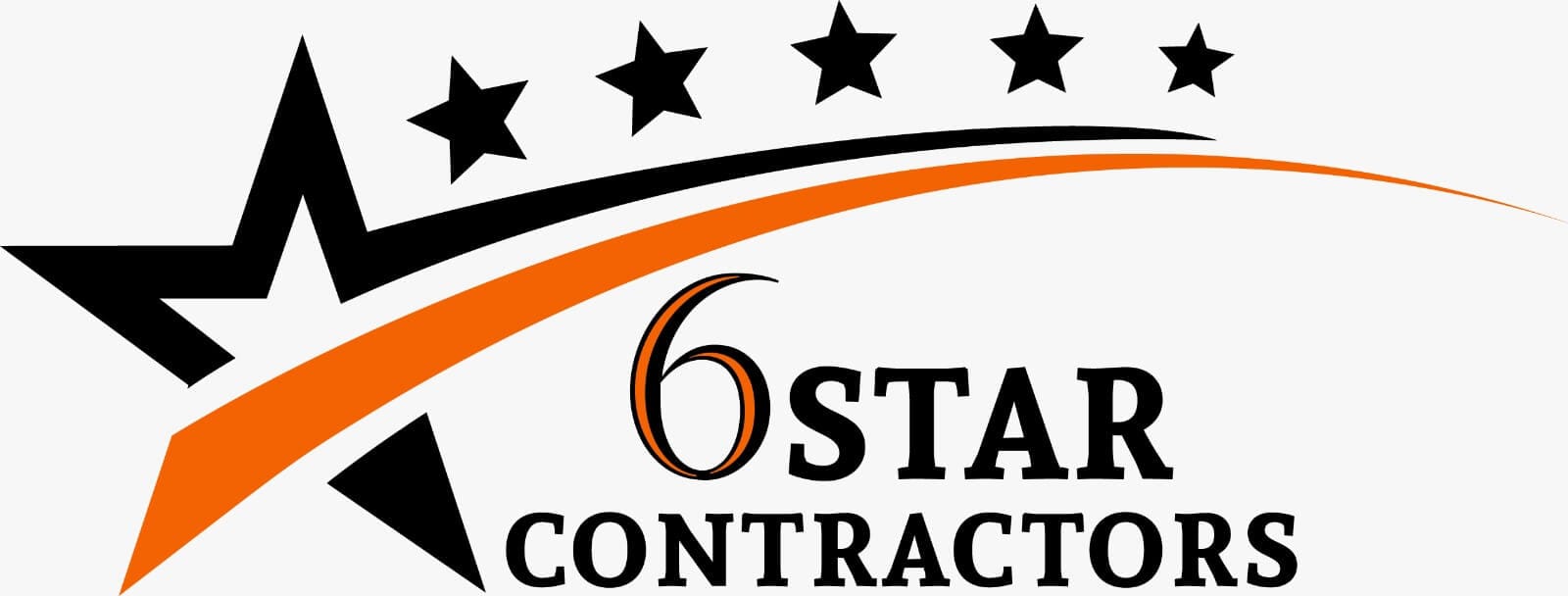Bid Strong, Bid Smart – Try Our Concrete Cost Estimating Service!
- Accurancy
- Efficiency
- Transparency
- Customization
- Time Saving
- Professionalism
- Cost Control

Embarking on the construction journey of a hotel involves meticulous planning and consideration of various elements, with concrete reinforcement playing a pivotal role in ensuring structural integrity. This article delves into the factors influencing the cost of concrete reinforcement in hotel projects, offering insights for developers, architects, and project managers.
Concrete reinforcement is a fundamental aspect of hotel construction, involving the integration of materials like steel bars within the concrete framework. This process significantly enhances the strength of the concrete, minimizes the risk of cracks, and contributes to the long-term stability and safety of the building. In the dynamic and demanding environment of hotel construction, where durability is paramount, effective reinforcement becomes a cornerstone.

The architectural design intricacies of a hotel play a pivotal role in determining the associated concrete reinforcement costs. When architects incorporate unique shapes, unconventional features, or complex layouts into the design, additional reinforcement measures become necessary, leading to increased project expenses. Achieving a delicate balance between architectural innovation and cost-effectiveness is paramount. This involves fostering effective collaboration between architects and structural engineers to ensure that the structural integrity of the design is maintained without unnecessarily inflating costs. Striving for synergy between aesthetic aspirations and practical construction considerations is essential for successfully navigating the challenges posed by intricate design elements.

Fully Insured Licensed
Hotal Construction Contractor

Make Informed Design Decisions Showcase Your Design Ideas
Get RenderingThe specific structural demands of a hotel, influenced by factors such as height, size, and the intended use of various spaces, exert a significant influence on the quantity and type of reinforcement needed. Taller buildings or those featuring expansive designs may necessitate more extensive reinforcement measures, impacting the overall costs of the project. Efficient collaboration between architects and structural engineers is not merely beneficial but is a critical aspect of optimizing these structural requirements. By working together seamlessly, professionals can ensure that the reinforcement strategy aligns with the unique demands of the hotel’s structure, striking a harmonious balance between safety and budget considerations.
The choice of materials for concrete reinforcement holds substantial weight in determining overall project costs. Opting for high-quality steel and leveraging advanced reinforcement technologies may result in higher initial expenses. However, these choices often prove to be cost-effective in the long run due to enhanced durability and reduced maintenance needs. The decision-making process involves careful consideration and a delicate balance between material quality and budget constraints. This strategic approach ensures that the selected materials not only meet immediate construction needs but also contribute to the long-term sustainability and cost-effectiveness of the hotel structure.
Regional variations in construction practices and adherence to specific building codes can exert a notable influence on reinforcement costs for hotel construction. Ensuring compliance with local regulations and industry standards is not only a legal necessity but also a guarantee that the construction aligns with safety protocols. The extent to which local practices affect costs is contingent upon the degree of alignment with established norms. Proactively considering and adapting to these regional nuances is fundamental to managing reinforcement costs effectively while upholding safety and regulatory requirements.

The unique characteristics of a construction site, encompassing soil conditions and environmental factors, profoundly impact the complexity of reinforcement efforts. Sites featuring challenging conditions may necessitate specialized reinforcement solutions, introducing an additional layer of cost consideration. Conducting a thorough site assessment and proactive preparation are indispensable steps in addressing these challenges. By anticipating and mitigating potential issues related to site conditions, construction teams can streamline reinforcement efforts, ultimately contributing to overall cost control and the project’s long-term success.
The choice of materials for concrete reinforcement holds substantial weight in determining overall project costs. Opting for high-quality steel and leveraging advanced reinforcement technologies may result in higher initial expenses. However, these choices often prove to be cost-effective in the long run due to enhanced durability and reduced maintenance needs. The decision-making process involves careful consideration and a delicate balance between material quality and budget constraints. This strategic approach ensures that the selected materials not only meet immediate construction needs but also contribute to the long-term sustainability and cost-effectiveness of the hotel structure.

Fostering effective collaboration between architects and structural engineers is paramount to harmonizing design aspirations with cost-effective reinforcement solutions. This synergy ensures that structural needs are met without incurring unnecessary expenses. Architects bring creative vision and aesthetic goals to the table, while structural engineers contribute technical expertise to find solutions that strike the delicate balance between architectural innovation and budget considerations. By cultivating an environment of open communication and shared objectives, the collaborative effort becomes a driving force in achieving both design brilliance and cost-effectiveness in the realm of reinforcement strategies for hotel construction.
Conducting a thorough cost-benefit analysis is crucial for determining the most suitable reinforcement materials. The key lies in striking a balance between performance requirements and economic considerations, ensuring a cost-effective approach without compromising on durability. By thoroughly evaluating the lifecycle costs of different materials, construction professionals can make informed decisions that align with both short-term budget constraints and the long-term viability of the hotel structure. Material efficiency becomes a strategic consideration that contributes not only to immediate cost savings but also to the overall sustainability and resilience of the construction project.
Working closely with architects and engineers, the optimization of structural design emerges as a pivotal strategy in influencing reinforcement costs. Efficient design practices can significantly reduce the overall demand for reinforcement, positively impacting costs without sacrificing safety. Architects and engineers collaborating on refining structural plans can identify opportunities to streamline designs, eliminate unnecessary complexities, and optimize the use of materials. This collaborative refinement process ensures that the structural integrity of the hotel is maintained while achieving cost savings through a more efficient and purposeful design.

Exploring innovative reinforcement technologies presents an opportunity to achieve both strength and cost-effectiveness in hotel construction. The continuous advancements in construction materials and techniques provide a fertile ground for optimizing costs while maintaining structural robustness. Integrating technology into reinforcement strategies allows for the adoption of materials that offer enhanced strength properties or innovative construction methods that can streamline the installation process. This proactive embrace of technological advancements becomes a strategic approach to not only meet but exceed performance expectations while managing costs effectively.
Investing in proactive site management practices, including comprehensive site assessments and soil investigations, is a foundational step in minimizing reinforcement costs. Addressing site challenges upfront mitigates the need for costly adjustments during the construction process. Thorough site assessments provide insights into soil conditions, potential environmental challenges, and other site-specific factors that can impact reinforcement requirements. By proactively managing the site, construction teams can anticipate and address issues early on, contributing to overall cost control and long-term savings in the hotel construction project.
Concrete reinforcement costs in construction can range from $5 to $15 per square foot, depending on various factors such as the complexity of the design, location, and market conditions. Keep in mind that these are very broad estimates, and actual costs can vary.
For a more accurate estimate, it’s advisable to consult with local construction professionals who can take into account specific details of your project and provide a more tailored estimate based on current market conditions. Construction costs can vary significantly between regions, so obtaining quotes from local experts is essential for a reliable estimate.
In summary, effective concrete reinforcement is crucial for hotel construction, ensuring structural integrity. The cost is influenced by design complexity, structural needs, material choices, local practices, and site conditions. Collaboration between architects and engineers is vital, striking a balance between innovation and budget considerations. Strategies for cost optimization include material efficiency, optimized design, technology integration, and proactive site management. Concrete reinforcement costs can vary widely, ranging from $5 to $15 per square foot. To get an accurate estimate, consult local construction professionals for tailored insights based on project specifics and regional factors. Ultimately, a proactive and collaborative approach is key for a successful hotel project that meets both aesthetic and budgetary goals.
Concrete reinforcement is crucial in hotel construction as it involves integrating materials like steel bars within the concrete framework. This enhances the strength of the concrete, minimizes the risk of cracks, and contributes to the long-term stability and safety of the building. In the dynamic environment of hotel construction, where durability is paramount, effective reinforcement becomes a cornerstone.
Architectural intricacies, such as unique shapes, unconventional features, or complex layouts, can increase concrete reinforcement costs. Additional measures are often required to maintain structural integrity. Striking a delicate balance between architectural innovation and cost-effectiveness involves effective collaboration between architects and structural engineers.
The specific structural demands of a hotel, influenced by factors like height, size, and the intended use of spaces, significantly impact the quantity and type of reinforcement needed. Taller buildings or expansive designs may require more extensive reinforcement measures, affecting overall project costs. Collaboration between architects and structural engineers is crucial for optimizing these structural requirements.
Material selection for concrete reinforcement is a key factor in determining overall project costs. Choosing high-quality steel and leveraging advanced technologies may result in higher initial expenses but can be cost-effective in the long run due to enhanced durability. The decision-making process involves balancing material quality with budget constraints for long-term sustainability.
Several strategies can optimize concrete reinforcement costs, including efficient collaboration between architects and structural engineers, conducting thorough cost-benefit analyses for reinforcement materials, optimizing structural design, integrating technology for cost-effective strength, and investing in proactive site management practices. These strategies aim to balance design brilliance with cost-effectiveness while meeting safety and regulatory requirements.
Here I am going to share some steps to get your hotel building concrete reinforcement cost estimate report.
You can send us your plan on info@estimatorflorida.com
Before starting your project, we send you a quote for your service. That quote will have detailed information about your project. Here you will get information about the size, difficulty, complexity and bid date when determining pricing.
Our team will takeoff and estimate your project. When we deliver you’ll receive a PDF and an Excel file of your estimate. We can also offer construction lead generation services for the jobs you’d like to pursue further.



561-530-2845
info@estimatorflorida.com
Address
5245 Wiles Rd Apt 3-102 Marco Island, FL 33073 United States
561-530-2845
info@estimatorflorida.com
Address
5245 Wiles Rd Apt 3-102 Marco Island, FL 33073 United States
All copyright © Reserved | Designed By V Marketing Media | Disclaimer